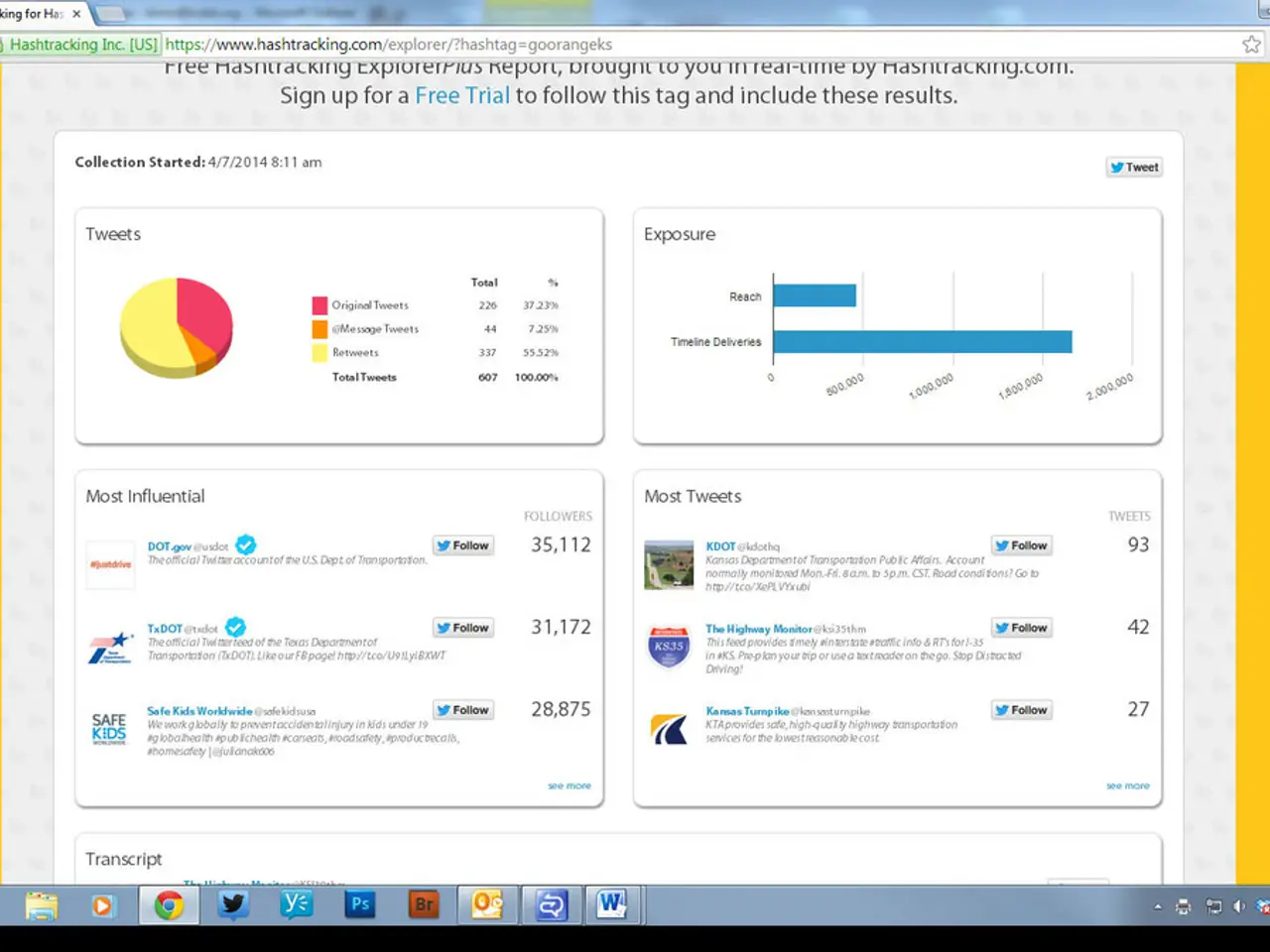Exploring Interactive Data Presentations: A Guide to Manipulable Information Models
In today's data-driven world, the ability to interactively explore and modify visualizations has become essential in bridging the human-computer gap. Manipulable representations of data are transforming the way we engage with information visualizations, making them more usable and useful by supporting deeper engagement, tailored insights, and more effective sense-making.
Enhancing Usability and Usefulness
Manipulable representations offer several key advantages. They enable enhanced exploration by allowing users to manipulate visual elements and discover patterns, trends, and outliers that might be hidden in static charts. Customized views, achieved through interactive filters and controls, help users focus on relevant data dimensions or time periods, making the visualizations more relevant to their specific questions or tasks.
Moreover, manipulable visuals can reduce cognitive overload by letting users progressively reveal complexity rather than showing all data at once. This facilitated learning and interpretation deepens understanding through direct experimentation and feedback.
Techniques and Examples
A variety of techniques are employed to create manipulable data representations. Interactive 3D plots, for example, allow users to rotate, zoom, and pan data in a three-dimensional space, making it easier to perceive spatial relationships. Brushing and linking is another technique that highlights related elements across multiple views, facilitating multi-faceted data exploration.
Zooming and panning allow users to navigate large datasets by focusing on areas of interest and moving across visualizations. Dynamic filtering and sorting provide interactive controls like sliders, dropdowns, or checkboxes that let users filter data categories or reorder items based on their preferences.
Advanced visual variables such as pattern and texture encoding offer composite encodings that users can manipulate to effectively discriminate data attributes. Tree and network interaction enable users to explore hierarchical or relational data structures in manageable chunks.
In some domains, such as robotics and simulation, simulation and scenario manipulation are crucial. These manipulable representations allow users to dynamically change task parameters or scenarios to generalize models or policies more robustly.
Applications
The applications of manipulable data representations are diverse. In scientific visualization, they enable researchers to explore multi-dimensional scientific datasets with interactive controls. Data journalism and reporting benefit from interactive charts that let readers explore the underlying data behind stories.
Business intelligence relies on dashboards with manipulable filters and drill-downs to support data-driven decision-making. In the realm of robot policy training, simulation platforms with user-controllable task scenarios allow testing and refining robotic manipulation policies in diverse settings.
Interactive visual components are also valuable in Human-Computer Interaction (HCI), particularly in systems that support co-exploration and narrative construction. Affordance visualizations provide manipulable annotations and instructions that support advanced reasoning and tool usage understanding in embodied AI contexts.
Origins and Evolution
The concept of manipulable data representations can be traced back to 1982, when interaction designer and professor Robert Spence proposed a solution to the space problem using a distorted view technique. His work paved the way for the development of techniques such as bifocal views, perspective walls, scrolling, and overview to details.
Conclusion
Manipulable data representations are revolutionizing the way we engage with information visualizations. By transforming visualization from a passive display to an active dialogue between the user and data, they are enabling more efficient, effective, and tailored insight generation. As modern visualization toolkits and platforms continue to evolve, the importance of manipulable representations will only grow.
- In the realm of User Interface (UI) design, manipulable representations play a significant role in enhancing user engagement, offering interactive controls like brushing and linking, zooming and panning, dynamic filtering and sorting, and advanced visual variables to facilitate deeper exploration and understanding of data.
- As technology advances, the field of Data-and-Cloud-Computing benefits from the integration of manipulable representations, especially in applications like scientific visualization, business intelligence, data journalism, robot policy training, and even Affordance visualizations in the context of Human-Computer Interaction (HCI), where they serve to provide users with manipulable annotations and instructions that support advanced reasoning and tool usage understanding in embodied AI contexts.




